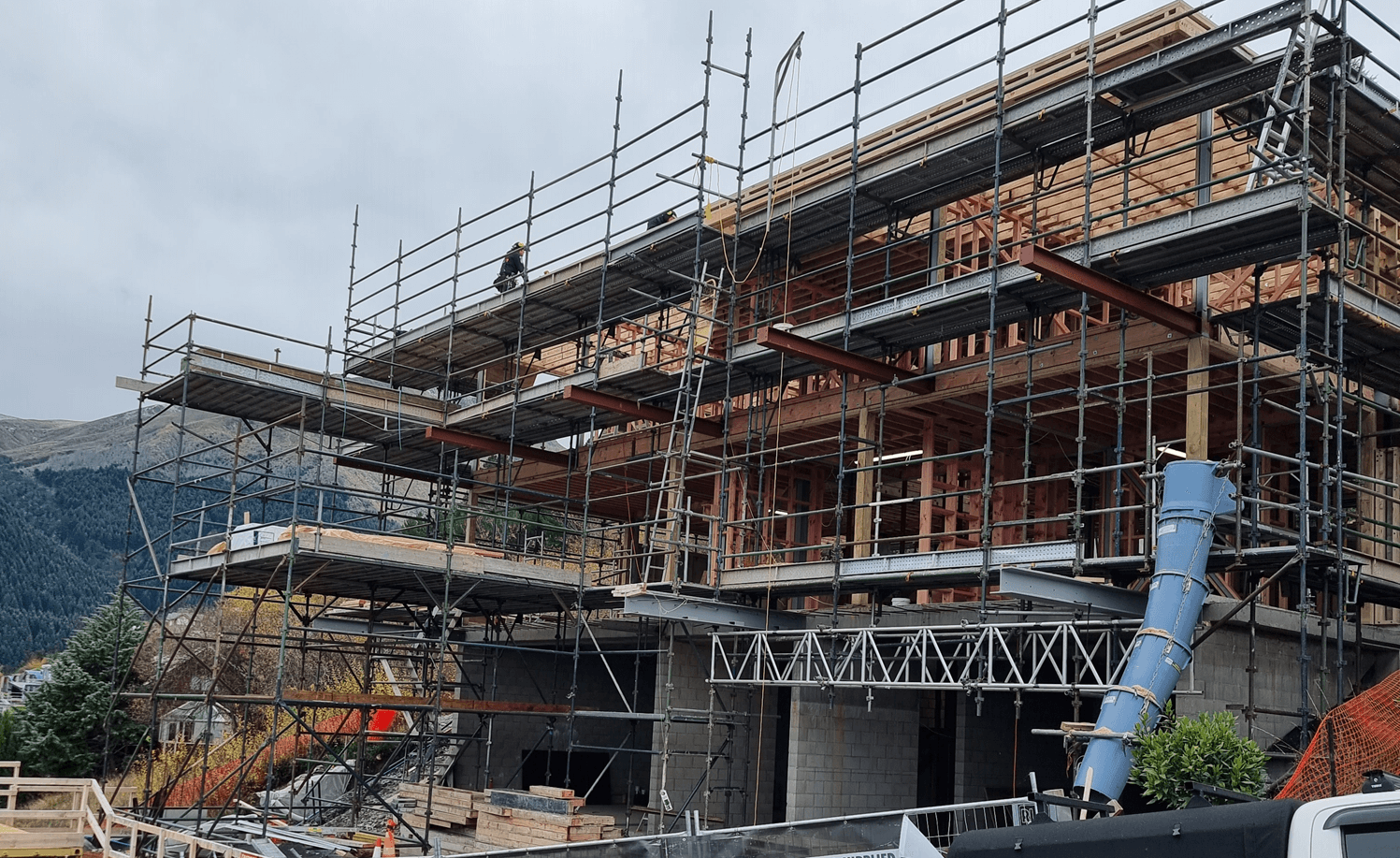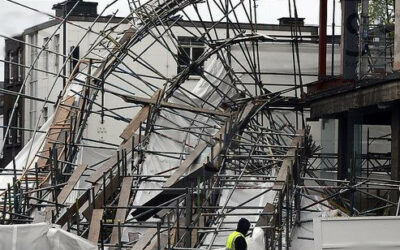The doctrine of temporary disconformity allows builders to carry out work that does not fully conform to the contract or Building Code during the course of construction, provided it will comply by completion. This flexibility reflects the practical reality that a partly finished building cannot meet all contractual or statutory requirements at every stage. It has been applied by New Zealand courts but it isn’t clear to what extent is has become law. In other jurisdictions, such as England, courts have largely rejected it.
Even here, the protection is limited. Its application depends on the builder’s intent, whether they are complying with the contract and the circumstances of the termination of the contract. If misunderstood, builders may find themselves liable for defects or denied compensation for incomplete work.
What Temporary Disconformity Means
Temporary disconformity arises where work looks non-compliant during construction but is expected to comply by completion.
Unfinished but not defective
Wall framing without bracing or insulation is incomplete, but not defective if those elements will be installed later.
Defective work requiring remediation
A roof laid with faulty flashings is defective, even if further work is pending. Defective work must be remedied; unfinished work only needs completion.
This distinction is crucial. Builders may be protected where work is merely unfinished, but not where it is incorrectly executed.
When Temporary Disconformity Applies
The doctrine protects builders while a contract is ongoing, provided they demonstrate an intent and ability to remedy temporary non-compliance by completion. Courts will tolerate unfinished or non-conforming work if the builder clearly intends to rectify it.
In the case of Oxborough v North Harbour Builders, the homeowners sought to terminate due to concerns about workmanship. The court held that the builder’s ongoing remedial efforts showed intent to complete. Termination was invalid, and temporary disconformity applied.
In short: as long as the builder is still performing and intends to fix problems, the works are judged at completion — not mid-way through.
When the Doctrine Does Not Apply
The protection disappears when the builder:
- refuses to remedy defects,
- abandons the site, or
- the contract is terminated.
In Van den Anker v Wilson McKay Trustee Company, the builder denied the need to fix defective roofing and cancelled the contract. The court held that temporary disconformity no longer applied: the defects were treated as permanent, and the builder was liable for remedial costs.
Intent is decisive. Where the builder makes clear they do not intend to remedy non-conforming work, the doctrine fails.
Effect of Termination and Intent
Who terminates the contract, and why, is crucial.
Principal lawfully terminates for builder breach
Unfinished or defective work is valued as defective. The builder may receive no compensation.
Principal wrongfully terminates
The builder can argue the work was only temporarily non-conforming and may claim damages or lost profit.
Builder terminates for principal breach (e.g. non-payment)
If the builder still intends to remedy, they may be entitled to compensation. If they refuse to remedy known defects, the work is treated as defective.
Frustration or mutual exit
Works are valued as-is; temporary disconformity is treated neutrally.
Practical Guidance for Builders
- Document your intent to remedy non-conforming work at completion.
- Continue remedial work promptly when issues are identified.
- Distinguish clearly between unfinished work (not defective) and defective work (requiring rectification).
- Be cautious when suspending or terminating contracts — intent to remedy will matter in any dispute.
- Recognise that lawful termination by the principal may extinguish your entitlement to payment for unfinished, defective work.
Conclusion
Temporary disconformity is not a licence for poor workmanship. It provides flexibility during construction, but only if builders demonstrate a clear intent and capability to deliver a compliant final product. Once a contract ends — especially through lawful termination for breach — unfinished or defective works may be judged as permanent defects.
The message for builders is clear: keep building, keep remedying, and keep documenting your intent to finish. That is the only way to rely on the protection of the temporary disconformity doctrine.




